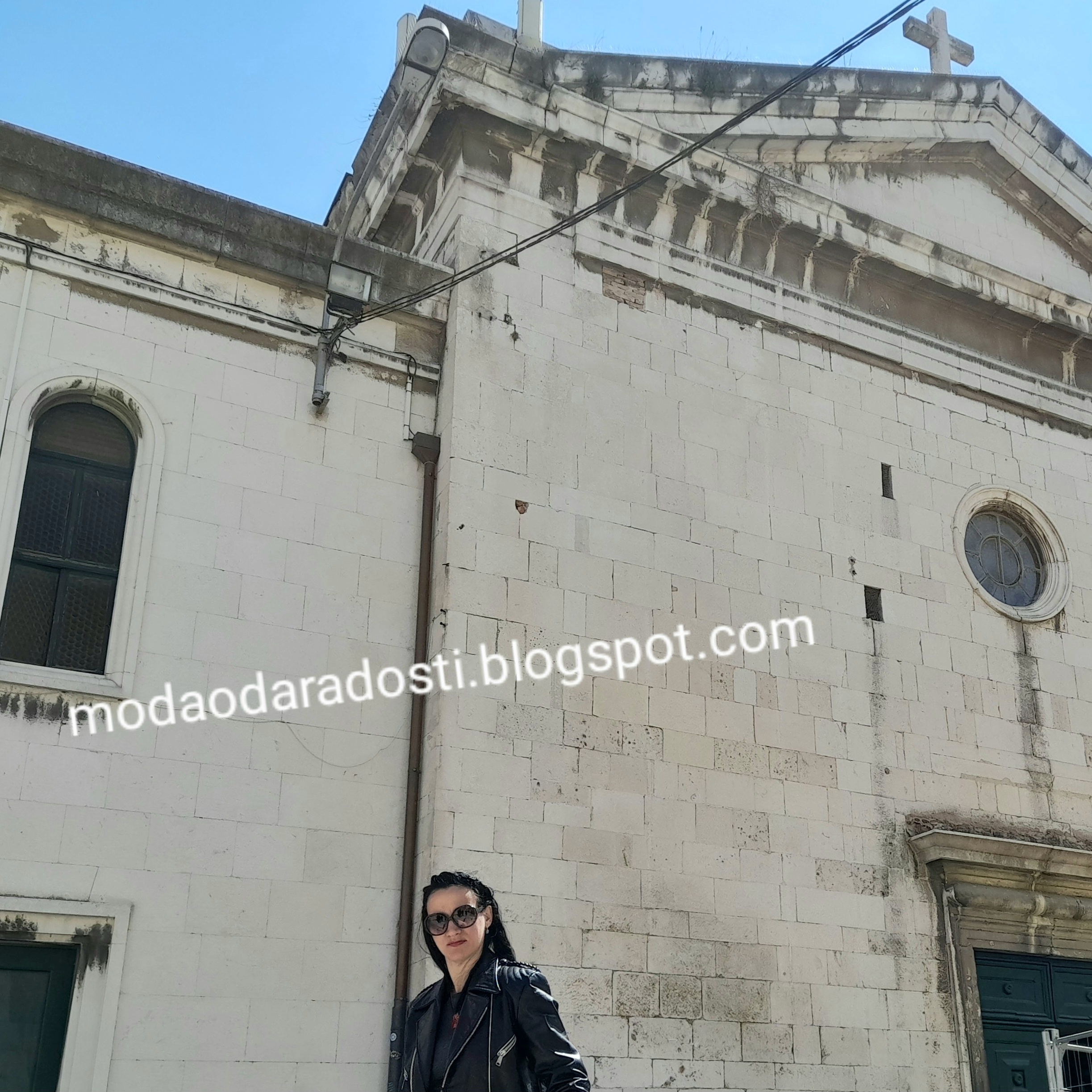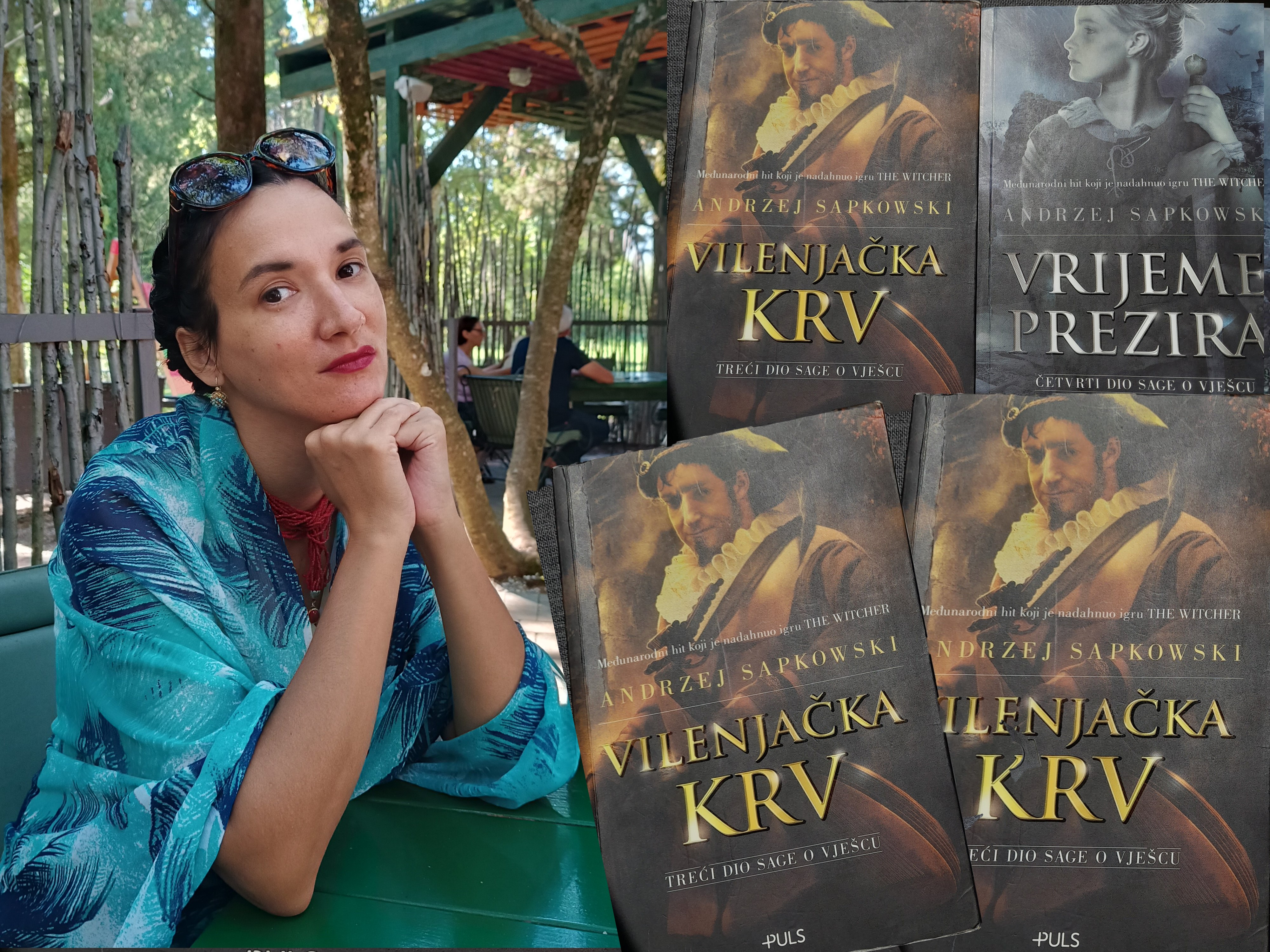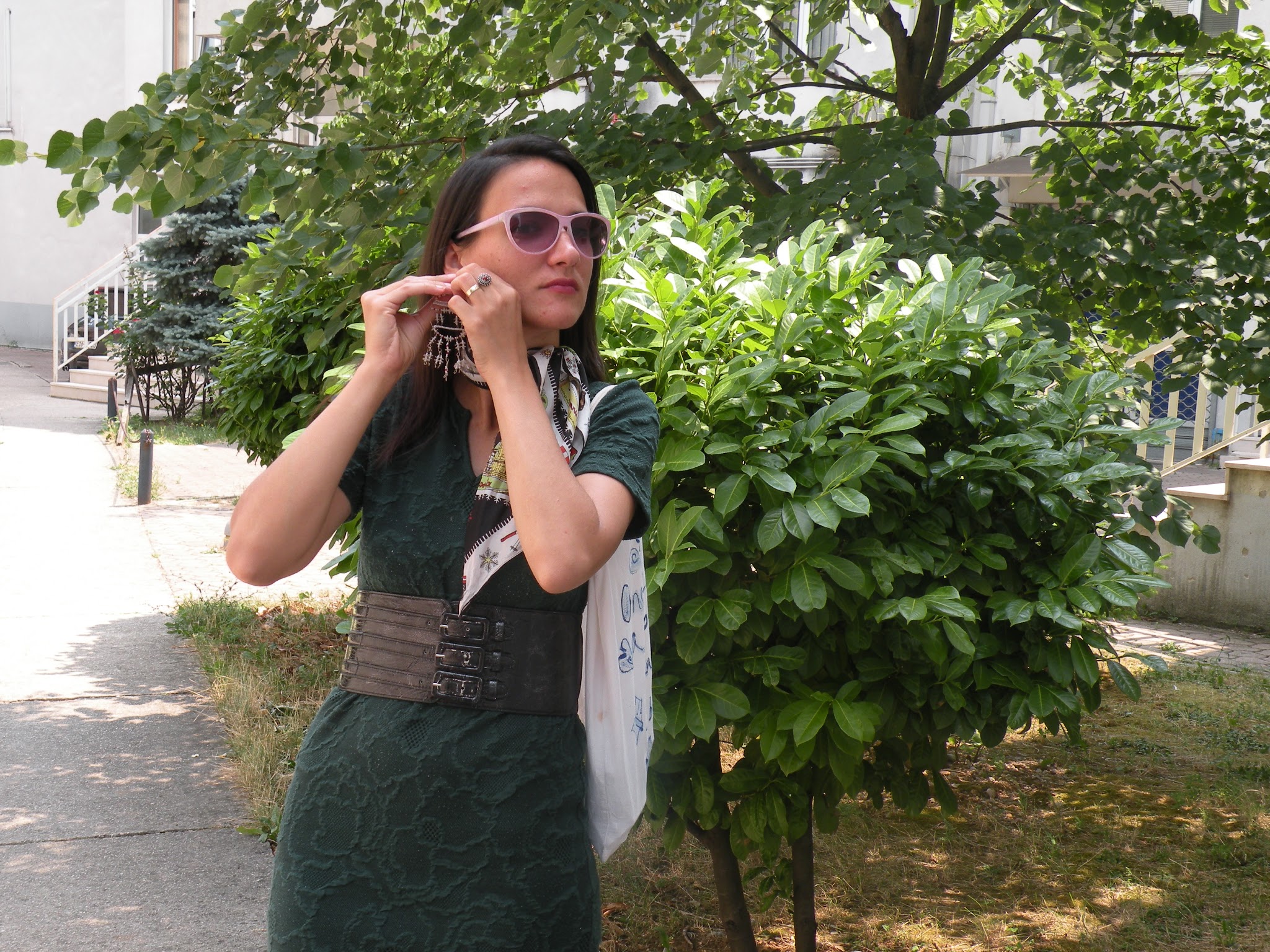SPLIT CITY GUIDE: Church of Saint Dominic
 |
| This church is located quite near the iconic cathedral! |
The church of saint Dominic and its accompanying monastery are located in the city centre. The Dominican church and monastery were originally build in the immediate vicinity of walls of Diocletian's palace and this is where you can still find them, facing the 'silver gates'. What are these silver gates you might ask?
"The new grand high altar of Carrara marble was made in 1898 in the workshop of carver Pavle Bilinić (1860-1954), as shown by written documentation preserved in the monastic archives. The drawings for most of the altars from this workshop were made by Bilinić’s father-in-law, the engineer Emil Vecchietti (1830-1901), who after his studies in Padua and Venice became a drawing teacher in Split. He produced plans for churches in Vela Luka, Solin, Kaštel Kambelovac, the Orthodox churches in Dubrovnik and Skradin, the Katalinić House in Split, the altar of the Split Dominicans, and altars in churches in Solin and Imotski. He was a teacher of the young Emanuel Vidović and Ivan Meštrović. He was helped in the production of designs for altars and monumental masonry by his daughter Regina, married to Bilinić. In the making of the altars, particularly the sculptural parts, the greatest part was played by the Italian sculptor Arturo Ferraroni from Milan, who taught Meštrović and Rosandić and took part in the renovation of the ruined campanile of the Church of St Mark in Venice. Bilinić’s workshop took part in numbers of operations such as the reconstruction of the Old City Council Chamber in Split, the First Popular Dalmatian Bank, the extension of the Prokurativa, the Perović Building on the waterfront, and the convent and church of the Poor Clares. A number of very high quality altars are in existence, like that of Our Lady of Lourdes in the Jesuits, in Kaštel Lukšić and Kaštel Kambelovac, in churches in Imotski, Solin and Sumartin. The high altar in the Dominican church with its mensa and baldachin is counted among the most monumental altars in Dalmatia. The central statue of Our Lady of the Rosary was transferred from an earlier high altar, while at the sides are the Ferraroni statues of St Dominic and St Catherine of Siena. " 1
I often share my paintings inspired by Split city. That was not the first time I painted my home city. It has appeared in Travel With My Art series a couple of times.
SEE HOW I ILLUSTRATED AND PAINTED SPLIT BEFORE
MATEJUŠKA, SPLIT CITY (CROATIA)
A SEAVIEW FROM A PARK (SPLIT, CROATIA)
Besides in this regular feature, Split city has appeared in my other art posts as well. Have a look and follow the links below to see how Split inspired my art.
 |
| https://modaodaradosti.blogspot.com/2021/03/photodiary-en-plein-air-sketching.html |




























Thanks for your sharing with us :)
ReplyDeleteI like your outfit, the jacket is a classic and the bag is cute :) It's good you were able to share more of this lovely old church with us too, you have so much history around! :)
ReplyDeleteEs una bella iglesia . es muy guapa. Te mando un beso. https://enamoradadelasletras.blogspot.com/
ReplyDeleteThank you for sharing your visit to this beautiful church with us Ivana! xxx
ReplyDelete😀
DeleteNice photos, that place looks interesting.Thanks for sharing.
ReplyDeleteI invite you to visit my last post. Have a good week!
❤
DeleteThis is one impressive looking church!
ReplyDelete